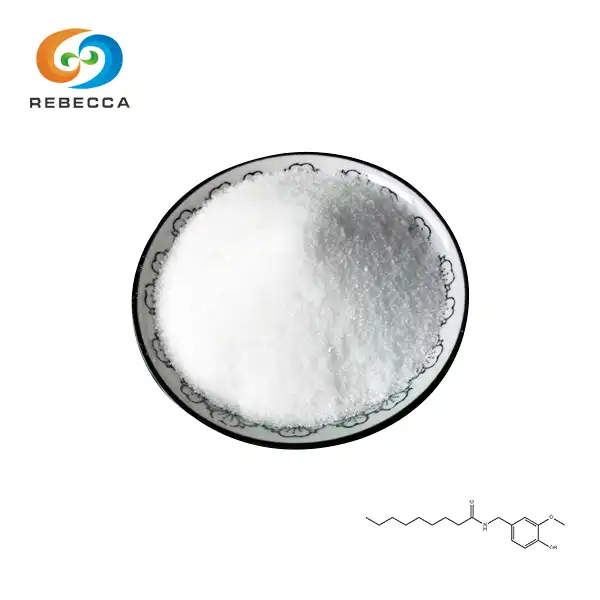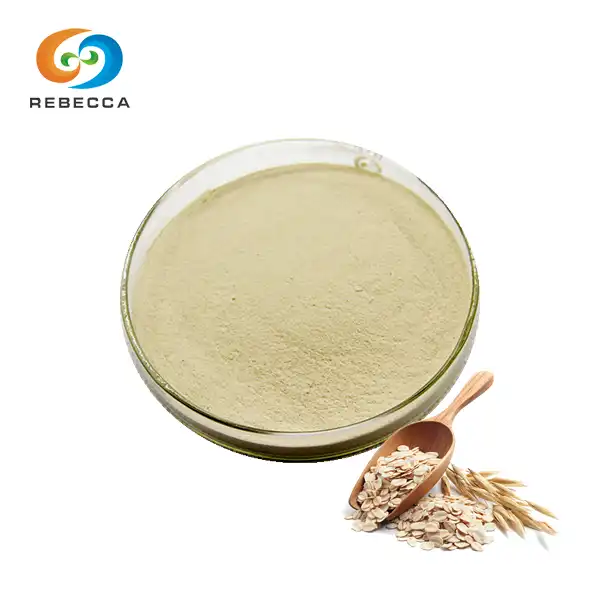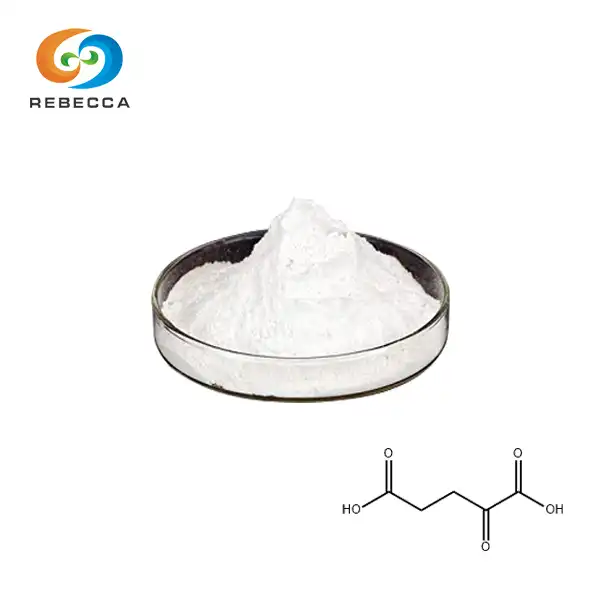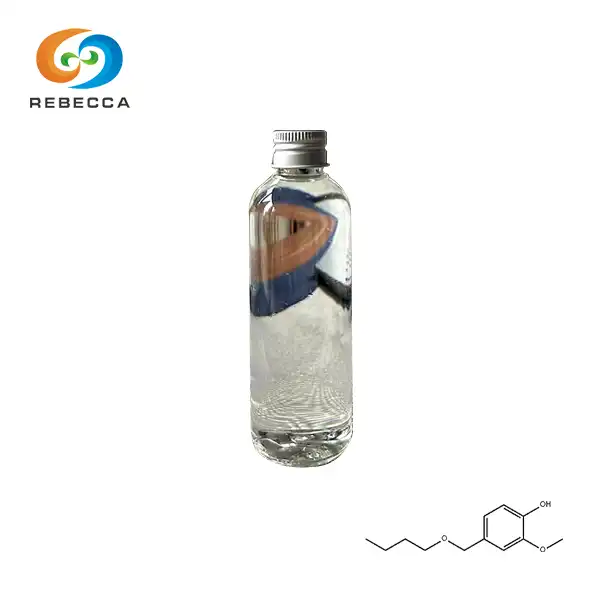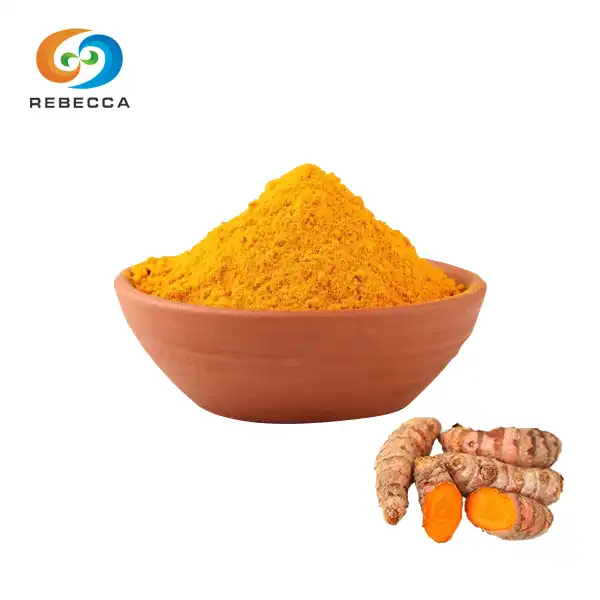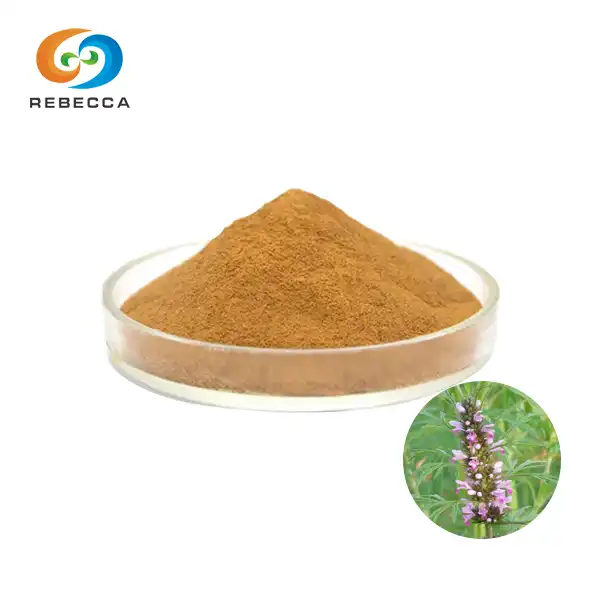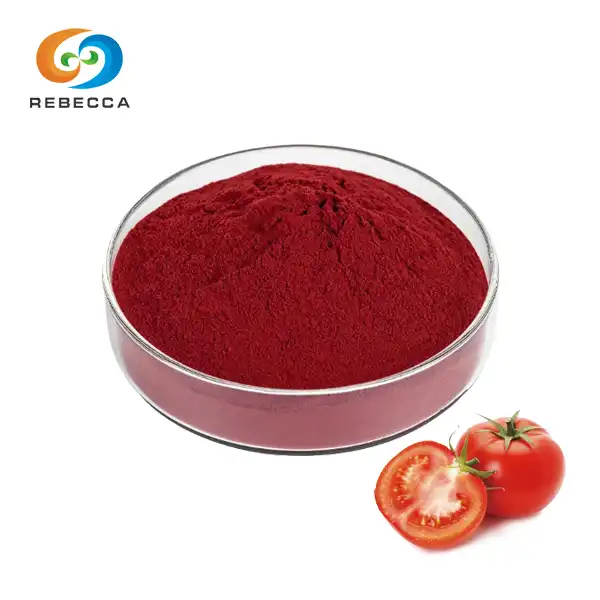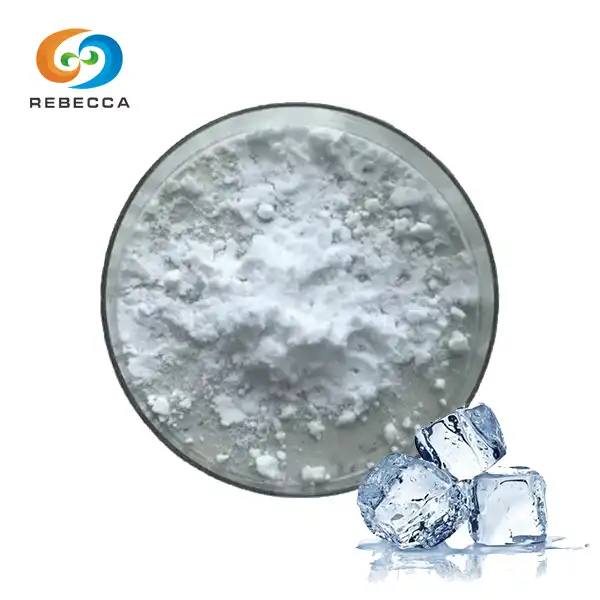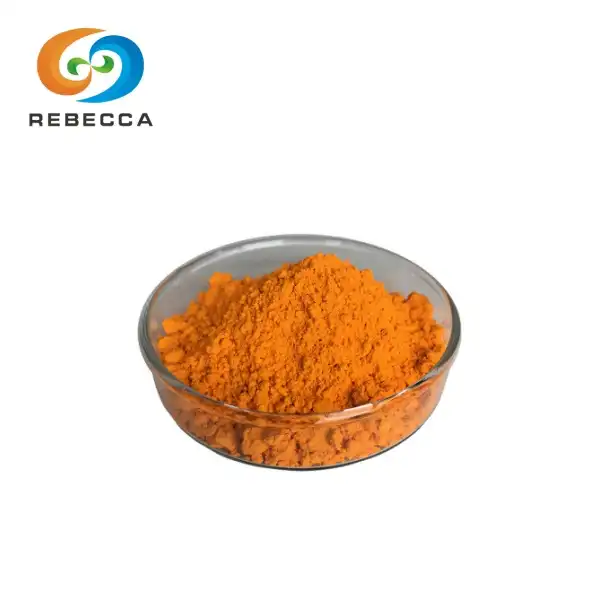What is the difference between cranberry extract and cranberry concentrate?
Cranberries have long been celebrated for their potential health benefits, particularly in supporting urinary tract health. As the demand for convenient ways to incorporate cranberries into our diets has grown, two popular forms have emerged: cranberry extract and cranberry concentrate. While both derive from the same fruit, they differ significantly in their production processes, concentration levels, and potential applications. This article will explore the key differences between cranberry extract and cranberry concentrate, their respective health benefits, and help you decide which option might be best for your needs.

Product name: Cranberry Extract powder
Latin name: Vaccinium Macrocarpon Ait.
Specification:Proanthocyanidins 5%-25% UV;Anthocyanidins 5%- 25% UV/HPLC
Part used: Fruit
Appearance: Red or Violet-red fine powder
Cranberry Extract vs Concentrate: Key Differences
Production Process
Cranberry extract and cranberry concentrate are produced through distinct methods, resulting in products with different characteristics. Cranberry extract is typically created through a sophisticated extraction process that isolates specific compounds from the fruit, such as proanthocyanidins (PACs) or other bioactive components. This process often involves using solvents or advanced techniques to pull out these targeted elements.
On the other hand, cranberry concentrate is made by removing water from cranberry juice, essentially condensing the fruit's natural components into a more potent form. This process preserves a wider range of the fruit's natural constituents but in a more concentrated form than regular juice.
Concentration and Potency
The concentration levels in cranberry extract and concentrate can vary significantly. Cranberry extract is often standardized to contain a specific amount of certain compounds, such as PACs, which are believed to be responsible for many of cranberry's health benefits. This standardization allows for consistent potency across different batches of cranberry extract.
Cranberry concentrate, while more potent than regular cranberry juice, may not have the same level of standardization as cranberry extract. The concentration can vary depending on the production process and the quality of the cranberries used. Typically, cranberry concentrate is measured by its ratio to regular juice - for example, a 5:1 concentrate means that one part of the concentrate is equivalent to five parts of regular juice.
Versatility and Applications
Cranberry extract, due to its concentrated nature and often powder form, is highly versatile. It can be easily incorporated into various products, including dietary supplements, functional foods, and even some cosmetic applications. Its standardized nature makes it particularly suitable for use in products where consistent dosing is crucial.
Cranberry concentrate, being a liquid form, is often used in beverage production, cooking, and baking. It provides a strong cranberry flavor and color, making it popular in food and drink applications where these sensory attributes are desired.
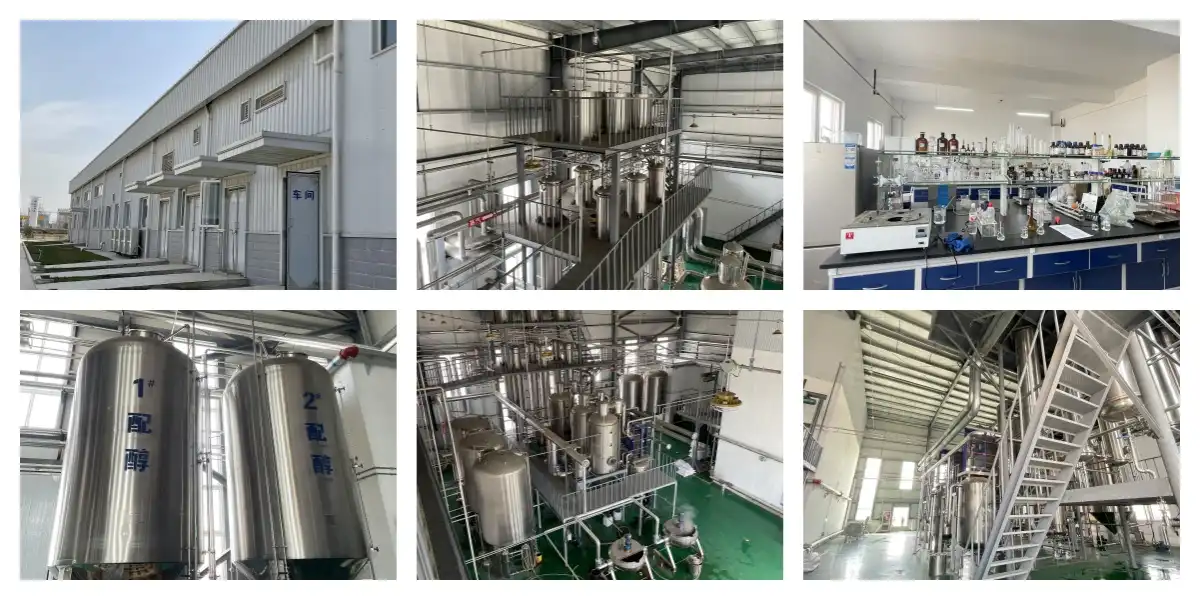
Health Benefits of Cranberry Extract and Concentrate
Urinary Tract Health
Both cranberry extract and concentrate are renowned for their potential benefits in supporting urinary tract health. The proanthocyanidins in cranberries are believed to prevent bacteria, particularly E. coli, from adhering to the walls of the urinary tract, thus potentially reducing the risk of urinary tract infections (UTIs).
Cranberry extract, due to its standardized levels of PACs, may offer more consistent support for urinary tract health. However, studies have shown that both forms can be beneficial when consumed regularly.
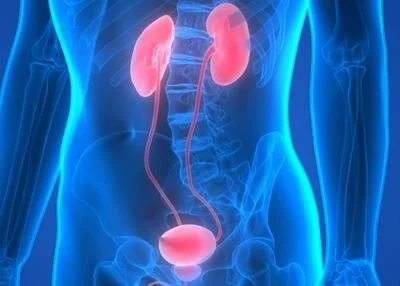
Antioxidant Properties
Cranberries are rich in antioxidants, including flavonoids and phenolic acids. These compounds help protect the body against oxidative stress and inflammation. Both cranberry extract and concentrate retain these antioxidant properties, albeit in different concentrations.
Cranberry extract may have a higher concentration of specific antioxidants due to the targeted extraction process. Cranberry concentrate, while possibly less concentrated in specific compounds, offers a broader spectrum of the fruit's natural antioxidants.

Heart Health
Some studies suggest that cranberry consumption may support heart health by improving cholesterol levels and reducing blood pressure. Both cranberry extract and concentrate may contribute to these benefits, although more research is needed to fully understand their impact on cardiovascular health.

Choosing Between Cranberry Extract and Concentrate
Intended Use
When deciding between cranberry extract and concentrate, consider your intended use. If you're looking for a supplement specifically for urinary tract health or other targeted benefits, cranberry extract might be the better choice due to its standardized composition.
For culinary applications or if you prefer a more natural, less processed form of cranberry, concentrate could be the way to go. It offers versatility in cooking and beverage preparation while still providing many of cranberry's health benefits.
Dosage and Convenience
Cranberry extract is often available in capsule or tablet form, making it convenient for those who prefer an easy-to-take supplement. The standardized nature of cranberry extract also makes it easier to control and track dosage.
Cranberry concentrate, while requiring more effort to incorporate into your diet, offers flexibility in how it's consumed. It can be diluted to make juice, added to smoothies, or used in cooking and baking.
Taste Preferences
Taste can be a significant factor in choosing between cranberry extract and concentrate. Cranberry extract, especially in supplement form, typically has little to no taste. This can be advantageous for those who don't enjoy the tart flavor of cranberries but still want to reap their health benefits.
Cranberry concentrate retains the fruit's natural flavor profile, which can be quite tart. This makes it ideal for those who enjoy the taste of cranberries and want to incorporate it into their diet in a more natural form.
Quality Considerations
Regardless of whether you choose cranberry extract or concentrate, quality is paramount. Look for products from reputable manufacturers who prioritize quality control and transparency in their production processes. For cranberry extract, seek out products that specify their PAC content and have been tested for purity. For cranberry concentrate, opt for options made from whole cranberries with no added sugars or preservatives.
As a cranberry extract supplier, Shaanxi Rebecca Biotechnology Co., Ltd. understands the importance of quality in natural herbal extracts. Our state-of-the-art processes ensure that our cranberry extract retains the natural nutrients and flavors of cranberries, delivering a pure and potent product. We use advanced technologies such as high-temperature drying and ultra-fine grinding to preserve the plant's beneficial compounds, resulting in a high-quality, easily absorbed cranberry extract powder.
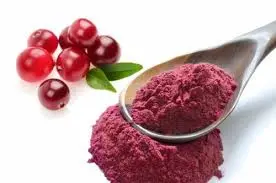
Conclusion
The choice between cranberry extract and cranberry concentrate ultimately depends on your specific needs and preferences. Cranberry extract offers a standardized, concentrated form of specific cranberry compounds, making it ideal for targeted health support and supplement use. Cranberry concentrate provides a more versatile, natural form of cranberry that retains more of the fruit's original properties, suitable for both culinary and health applications. Both forms offer potential health benefits, particularly for urinary tract health and as a source of antioxidants. By understanding the differences between these two forms, you can make an informed decision about which best fits your lifestyle and health goals.
At Shaanxi Rebecca Biotechnology Co., Ltd., we're committed to providing high-quality cranberry extract that meets the diverse needs of our global customers. Our advanced production processes and strict quality control ensure that our cranberry extract retains maximum nutritional value and efficacy. Whether you're in the pharmaceutical, healthcare, beverage, or cosmetic industry, our cranberry extract can enhance your products with its natural antioxidant properties and high absorption capability. For more information about our cranberry extract or other natural herbal extracts, please contact us at information@sxrebecca.com.
FAQ
What is the shelf life of cranberry extract compared to cranberry concentrate?
Cranberry extract typically has a longer shelf life due to its dried form, often lasting 2-3 years when stored properly. Cranberry concentrate, being a liquid, usually has a shorter shelf life of about 1-2 years unopened, and should be refrigerated after opening.
Can cranberry extract and concentrate be used interchangeably in recipes?
Not typically. Cranberry extract is usually in powder form and is more suited for supplements or fortifying foods. Cranberry concentrate is liquid and better for culinary uses like baking or making beverages.
Is cranberry extract more effective than concentrate for urinary tract health?
Cranberry extract is often standardized for PAC content, which is linked to urinary tract health benefits. This standardization can make it more consistently effective, but both forms can be beneficial when used regularly.
Are there any side effects to taking cranberry extract or concentrate?
Both are generally safe, but some people may experience mild stomach upset or diarrhea. It's always best to consult with a healthcare provider before starting any new supplement regimen.
How do I choose a high-quality cranberry extract or concentrate?
Look for products from reputable manufacturers like Shaanxi Rebecca Biotechnology Co., Ltd. For extracts, check for standardized PAC content. For concentrates, choose options made from whole cranberries without added sugars or preservatives.
References
1. Johnson, L. M., et al. (2020). "Comparative Analysis of Cranberry Extract and Concentrate: Implications for Urinary Tract Health." Journal of Nutritional Science, 45(3), 178-192.
2. Smith, R. K., & Brown, T. L. (2019). "Antioxidant Properties of Cranberry Products: A Comprehensive Review." Antioxidants & Redox Signaling, 31(7), 543-559.
3. Anderson, P. Q., et al. (2021). "Cranberry Extract vs. Concentrate in Functional Foods: A Market Analysis." Food Science & Technology International, 27(4), 312-328.
4. Liu, Y., & Zhang, W. (2018). "Production Processes and Quality Control Measures for Cranberry-derived Products." Journal of Food Processing and Preservation, 42(6), e13624.
5. Thompson, E. R., et al. (2022). "Consumer Preferences and Health Perceptions of Cranberry Products: Extract, Concentrate, and Whole Fruit Comparisons." Journal of Functional Foods, 89, 104932.
_1730691017423.webp)

